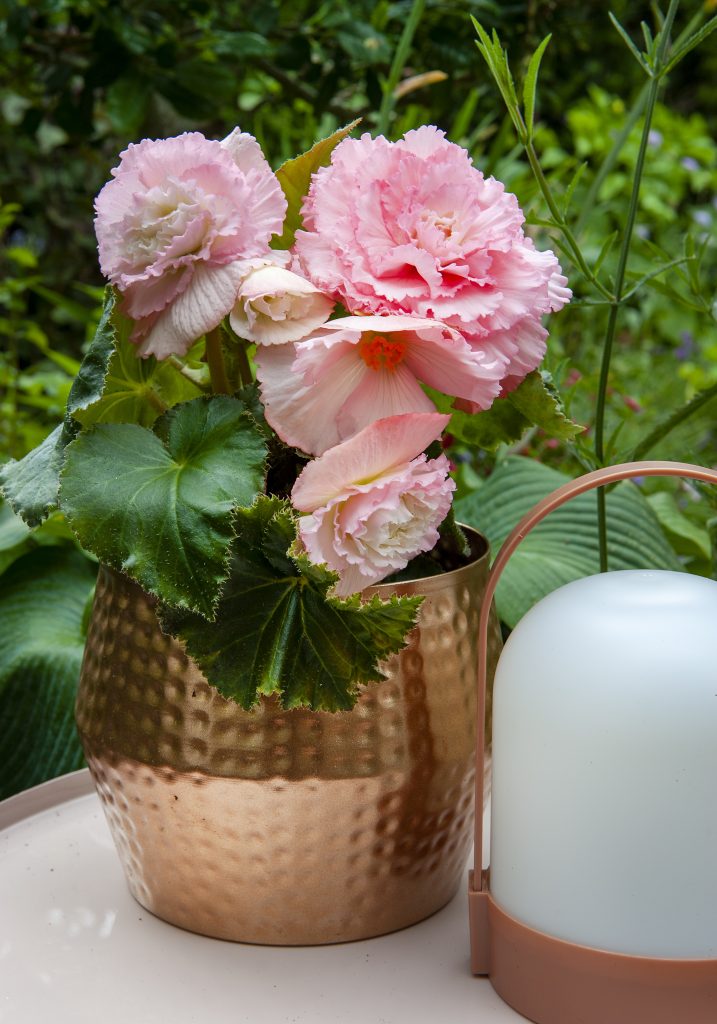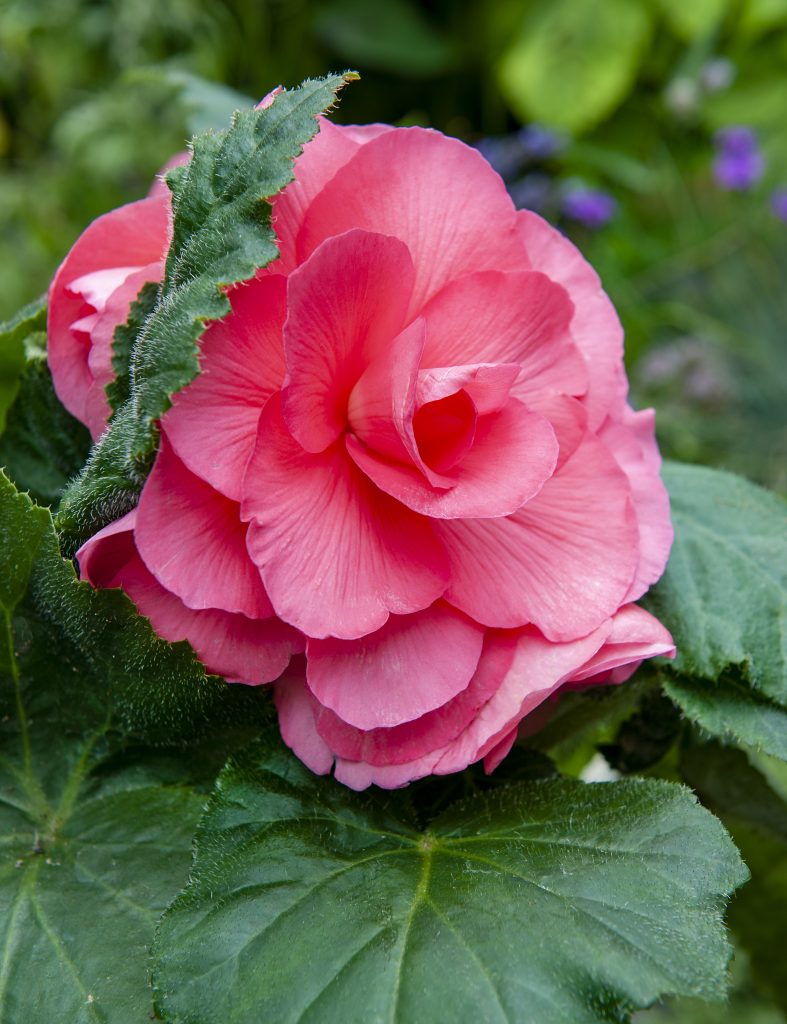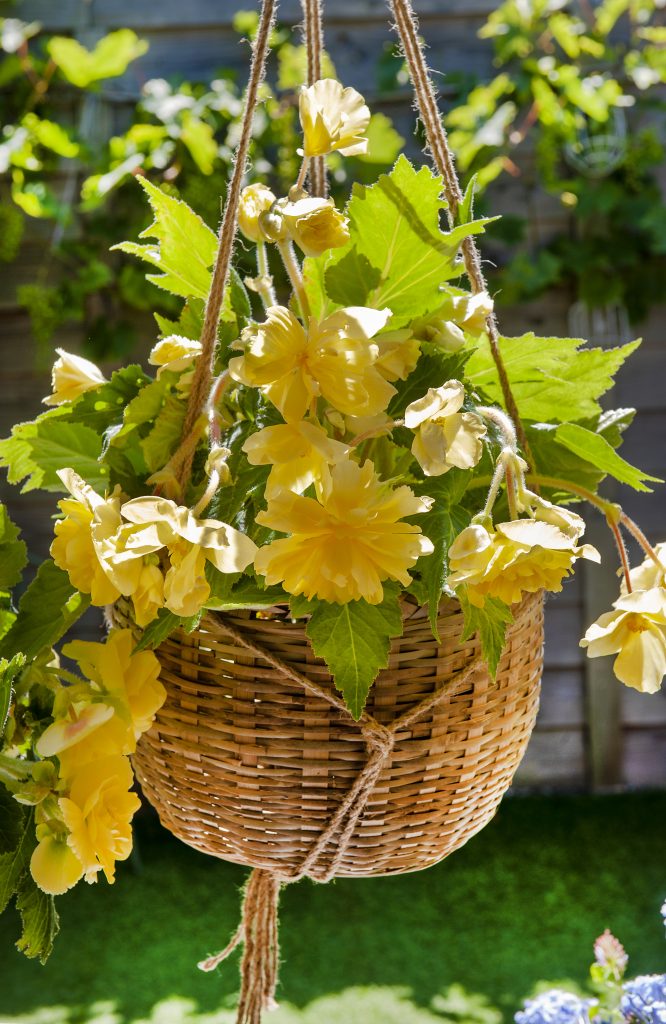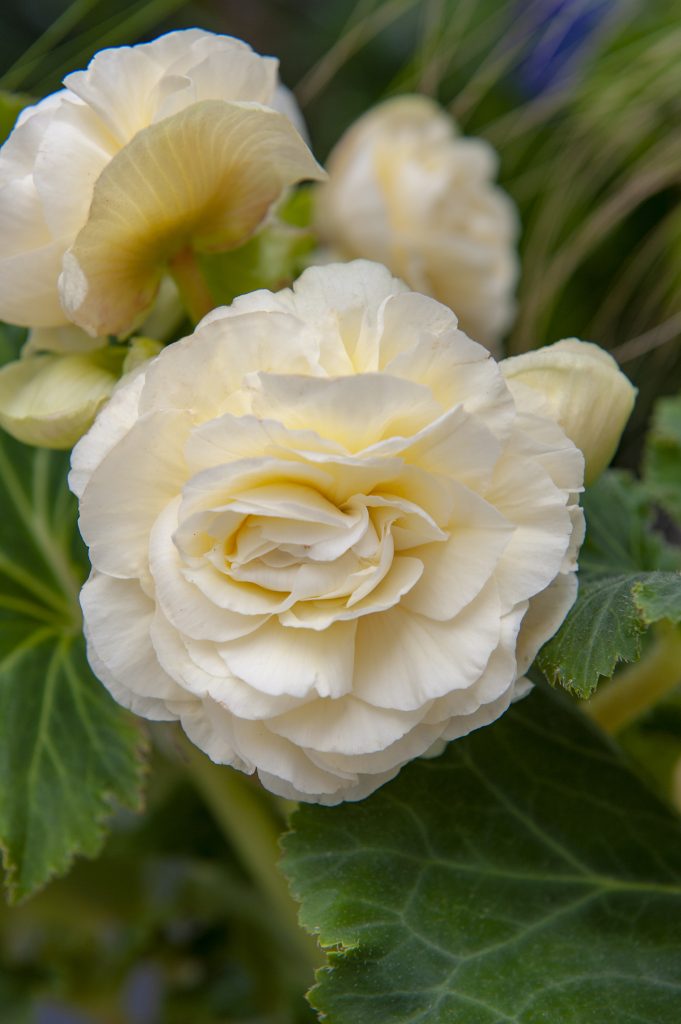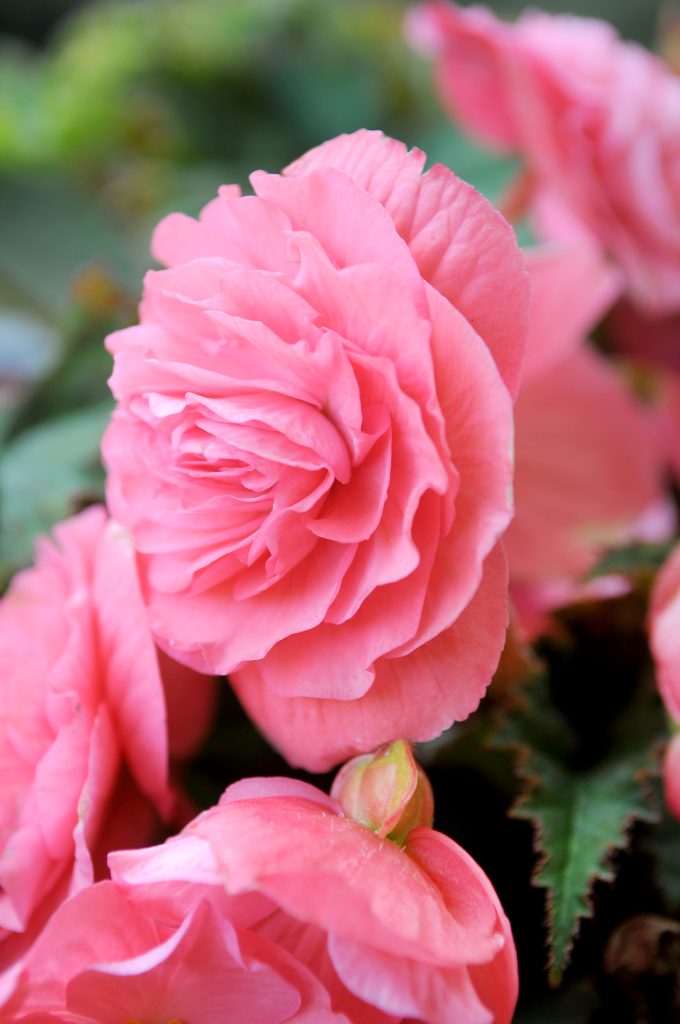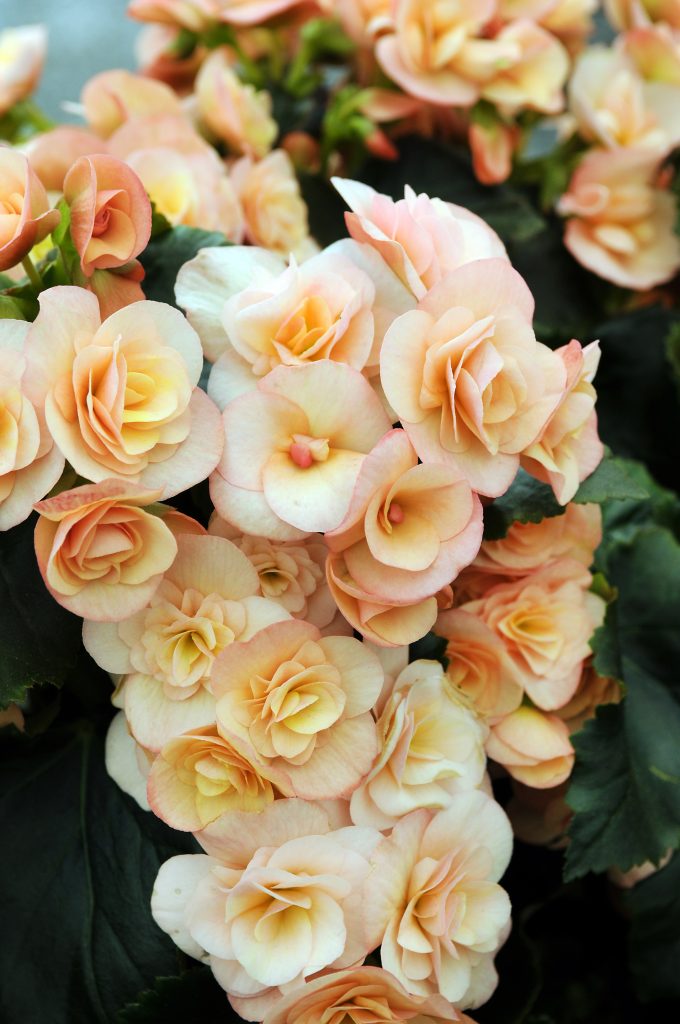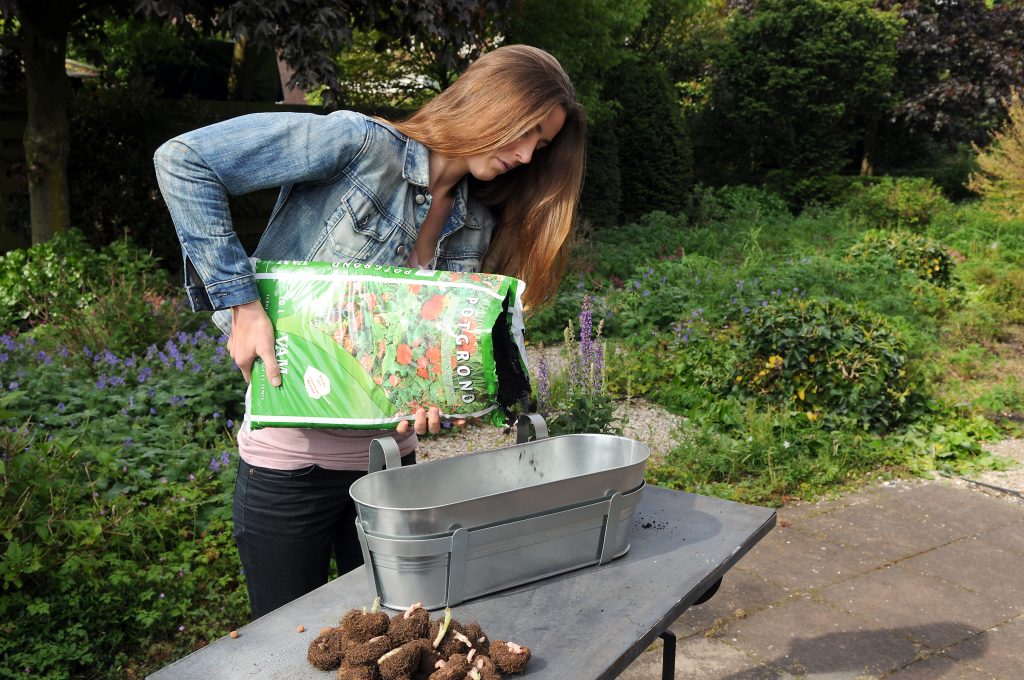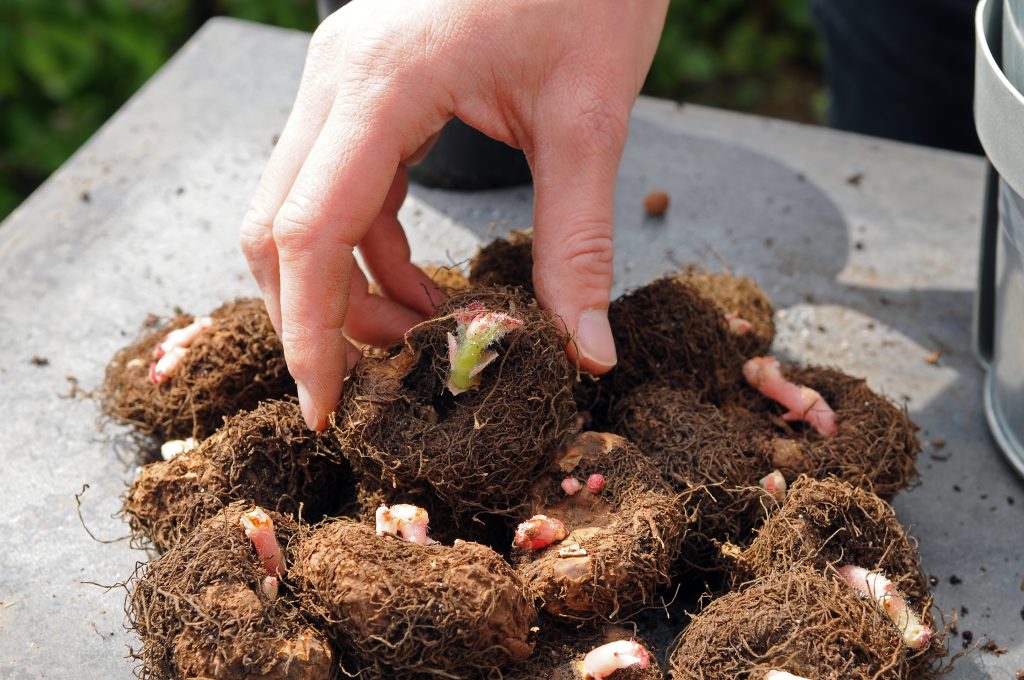
Tuberous Begonias: Best Flowers for Shade
Enhance the beauty of shady spaces with blooms thriving in low light.
Tuberous begonias are an ideal choice, as their gorgeous flowers can last for weeks. Once the first buds appear, they bloom continuously from June right up to the first frost.
Don’t let their beauty deceive you. Begonias may look delicate, fragile, and fussy, but they’re actually tough and very easy to grow. Purchase tubers in February and March at your local garden centre, and if you start growing them indoors right away, you can have early summer blooms.
The appeal of their saturated colours from pure white to deep crimson red makes it fun to try different varieties. Some are vibrant bi-colours with fine picotee edging defining each petal, while others are soft and soothing. Begonias are available in an assortment of flower forms too. Cascading or pendula begonias suit hanging baskets and bloom profusely. Upright forms have larger blooms, up to 3” across, and fill-out containers, window boxes, and borders. Blooms may be single or double and look like camellias or roses, while others have fringed and crimped edges like carnations.
Start tubers in a tray or container with good drainage holes and a sandy growing medium. A 50/50 mix of sand and peat moss is recommended. Fill the tray evenly with moistened growing medium and place the tubers into shallow holes. Set the rounded root side down and the bowl-shaped side up. The rounded shoulders of the tuber should sit even with the soil level. Cover lightly with growing medium so that you can still see the rounded shoulders and growing points when finished.
Set the tray in a warm sunny location indoors where temperatures average 10-15° C (50-60 °F). Cover the tray with clear plastic or a lid if desired. Check back often to ensure the growing medium is moist and if necessary, water lightly, avoiding overly wet conditions. Water the growing medium or soil, and avoid the tuber itself.
Several stems can start up from a single tuber. If you’re growing pendula begonias suited for a hanging basket, let all of the stems develop. For upright begonias, reduce the number of sprouting stems and you’ll gain larger size flowers.
When young plants are about 10-15 cm (4-6”) tall with leaves they can be transplanted to more permanent containers. A good size pot for a single tuber is 20 cm (8”). Plant the tuber’s shoulders even with the soil level. In late spring when all danger of frost has passed, the plants can be introduced to outdoor conditions for a few hours, then a day, then overnight, and then moved to final positions.
Begonias grow best in part-shade locations or areas that receive filtered sunlight. Water and fertilize them regularly, especially during hot periods, but avoid wetting their foliage. Removing spent blooms or foliage will encourage repeat flowering.



